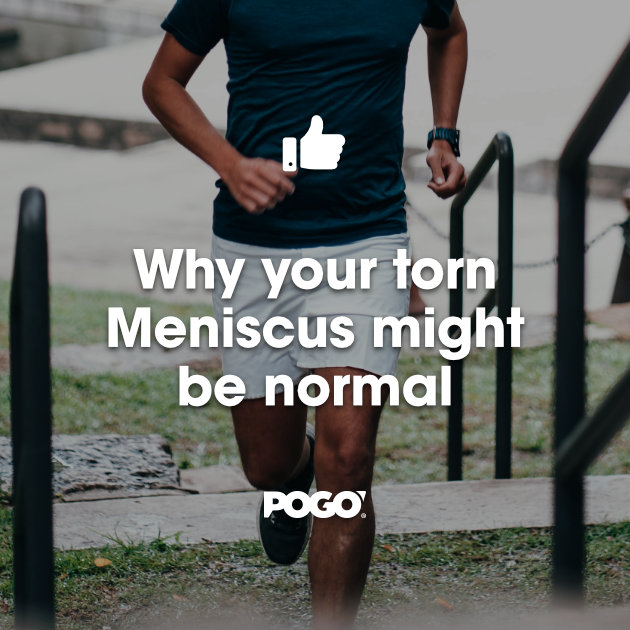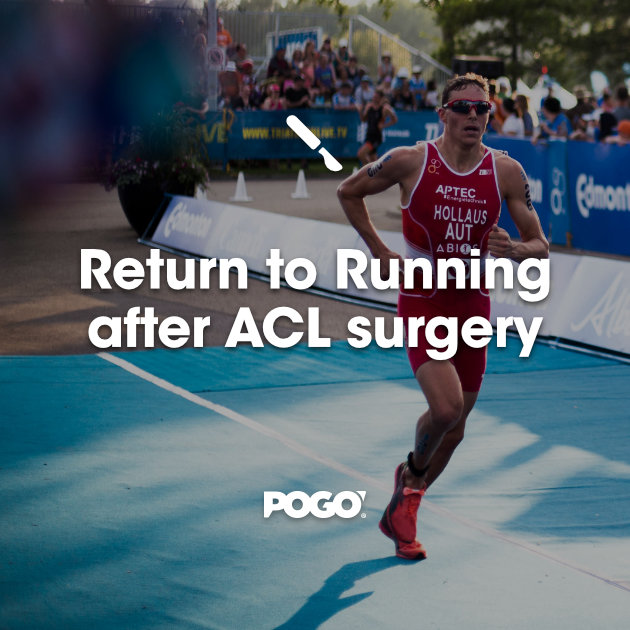The “Thrower’s Elbow”
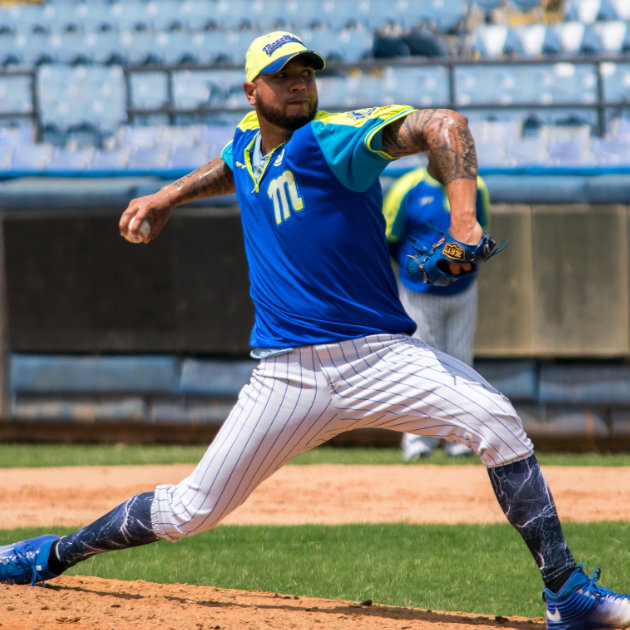
The elbow experiences significant stress throughout the motion of an overhead throw (7). These forces are distributed through the bones, joint, ligaments, muscles and nerves of the elbow. In sports such as baseball, for example, the nature of the sport has the potential to cause repeated microtrauma to the structures of the elbow (7). Other sports where this is well documented include softball, football, tennis and javelin (7). The injuries commonly associated with this type of throwing include:
- Posteromedial olecranon impingement (also known as valgus extension overload syndrome)
- Ulnar collateral ligament injuries
- Ulnar neuritis
- Olecranon stress fractures

Posterior Elbow Impingement
Posterior elbow impingement, also known as postero-medial olecranon impingement (PMOI) is the most common type of injury associated with throwing-induced elbow injuries (1). PMOI is caused by excessive and repetitive valgus stress (1,2). This repetitive valgus stress various changes within the articular surface of the olecranon and ulna such as osteophyte formation and loss of joint space (1,2). The forces applied to the elbow when following through with the throw can cause osteochondral changes that lead to having a symptomatic posterior elbow (2).
Diagnosis
Some common findings in the assessment and diagnosis of PMOI includes the following:
- Pain behind the elbow, especially when forcing the elbow straight
- Pain present upon the releasing phase of throwing a ball
- Inability for elbow to completely straighten
- Loose ligament(s) on the inside of the elbow (medial laxity)
- History involving repetitive microtrauma to the elbow i.e. pitching, throwing
- Primary degenerative arthritis of the elbow
Imaging
CT imaging has been proven to be gold-standard for the assessment of the elbow with a throwing history (1). CT has been shown to identify joint space narrowing and medial olecranon subluxation related to PMOI (1).
Valgus Extension Overload Syndrome
VEOS is the combination of rapid elbow extension with large valgus loads (4). VEOS places tensile stress and shear forces on the UCL, the medial epicondyle (bony point on the inside of elbow), ulnar nerve and behind the elbow (posterior compartment) (4). Traditionally, these loads over a long period can cause laxity/injury to the UCL (4). If stresses on the elbow continue to be placed with this compromisation of the UCL – osteophytes may form in the posterior compartment of the elbow and cause impingement symptoms such as those found in PMOI.
Conservative management of PMOI
Treatment initially should involve active rest along with a period of cryotherapy and anti-inflammatory medications to reduce symptoms (5). As the symptoms decrease and motion returns to normal – rehabilitation should include dynamic stabilisation and active strength and conditioning of the shoulder and arm without throwing (4,5). It is also advised that during this rehab phase, emphasis should be placed on eccentric elbow flexor strengthening to help control the rapid extension forces applied to the elbow when throwing (5). Throwing can be gradually exposed as symptoms allow (4).
Operative management of PMOI
It is reported that PMOI is the most common diagnosis that requires surgery in baseball players (78%) (5). Surgery for PMOI is indicated if conservative methods have failed. The method of choice when referring to the literature seems to be an arthroscopic debridement of the olecranon and loose bodies – this technique also allows an inspection of the UCL (5). A study in 2017 evaluated the result of an arthroscopy of the posterior elbow for those diagnosed with posterior elbow impingement (2). It achieved significant improvements in pain, function and movement and concluded that this method was a safe and effective surgical procedure that will typically return patients back to their previous level of sport or function (2). Reddy et al. (2000) reviewed 187 elbow arthroscopies with 51% having the diagnosis of PMOI. 92% of those who were followed up rated their result as good or excellent at an average follow-up of 42 months and 85% of those that were professional athletes returned to their previous level of competition (4).
Ulnar collateral ligament injuries
The UCL is a ligament on the inside of the elbow and runs between the humerus and ulna bones. It has a vital role in stabilising the elbow joint for various activities, it is placed under a great amount of pressure when throwing a ball.
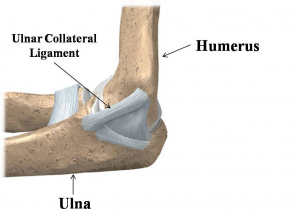
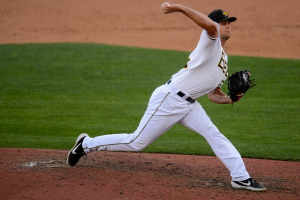
Studies show that if a pitcher or thrower has an injury or previous injury to the UCL, then there is likely to be residual laxity of this ligament (2). In fact, a study involving 31 baseball players with PMOI showed that 71% had an associated UCL injury (53% having pain over the UCL and 29% testing positive for UCL laxity) (4). The link below shows an appropriate test to see if someone has UCL laxity.
The correlation between the two are no surprise – UCL laxity will cause an increased load on the back of the elbow (posterior olecranon) which overtime, can potentially cause PMOI (2). In this case, to prevent PMOI in a throwing or pitcher, it would be ideal to prevent an overload and/or injury to the UCL.
Preventing UCL laxity
UCL laxity is often a result of valgus force i.e. force applied to the inside of the elbow. The UCL can become lax following repetitive valgus force or from a sudden traumatic valgus force causing a strain or tear in the ligament (3). Therefore, technique and muscle balances are at the forefront of any prevention of or management for both UCL injuries and those with PMOI.
Management of the UCL
Treatment programs are dependent upon the extent of the damage to the UCL. Those with complete tears of the anterior bundle of the UCL are candidates for surgery (5). Those that have partial tears – conservative measures are more appropriate (5).
Conservative Management
Non-surgical measures undertaken for a partial UCL tear (grade I, II) require a period of active rest (6-12 weeks). This is important to prevent valgus stress placed on the elbow (5). Acute pain and inflammation management is appropriate along with early rehab focus on elbow and shoulder mobility and shoulder strengthening exercises (5). Once full range is gained, the focus shifts to isometric and isotonic upper arm exercises followed by those muscles that stabilise the elbow (forearm muscles) (5). Following a period of this range and strength work, a “return-to-throw” program may then commence with the aims of pain-free pitching with negative valgus stress testing (5). Studies have shown that the usual rest and rehabilitation period is 12 weeks – at which point the majority of athletes will have returned to their preinjury playing level (5).
Operative Management
Operative management is indicated when there is a complete tear of the anterior bundle of the UCL, or if a throwing athlete with a partial tear of the UCL, has persistent medial elbow pain following a period of conservative management (5). Rehabilitation following a UCL reconstruction is a lengthy process but in most cases, results are favourable (5). A systematic review showed that the “docking” technique to have a lower complication rate (6%) compared to the “Jobe” technique (51%) with a greater trend of return to sport (90.4% compared to 66.7%) (5).
Ulnar Neuritis
Ulnar neuritis (UN) or ulnar neuropathy is the second most prominent neuropathy of the upper limb. The ulnar nerve is prone to injury during throwing sports due to its position on the elbow (4,5). During the acceleration phase of throwing, the nerve is at risk of compression, traction or subluxation if pathology within the elbow exists or technique is not correct (4,5).
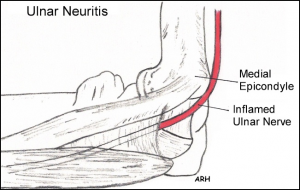
Signs of UN:
- Complaints of abnormal sensations in the ring and pinky fingers during or after the throwing motion
- Aching or pain along the inside (ulnar) side of the forearm +/- ring and pinky fingers
- Tenderness over the ulnar nerve as it passes through the inside of the elbow
- Positive Tinel’s sign
- Instability of the UCL or a history of a UCL injury (40%)
- Medial epicondylitis (Golfer’s elbow) (60%)
Conservative management
This typically would initially involve active rest, anti-inflammatories, cryotherapy, manual therapy and some physiotherapy exercise prescription (4,5). If the ulnar nerve is subluxing or if the elbow is rather symptomatic then use of a splint for a period of 6 weeks is encouraged (4). Once the symptoms have resolved, a graded exposure or “return-to-throw” program can begin (5). Elbow pads can be used for those with a superficial irritation of the ulnar nerve to reduce pressure on the irritated nerve (4,5).
Operative management
Surgical options for ulnar neuropathy include:
- Decompression (of the ulnar nerve)
- Medial epicondylectomy
- Anterior transposition of the nerve
The first two options are prone to failure in an overhead throwing athlete – primarily due to a lack of stability of the nerve following the operation (5). Anterior transposition of the ulnar nerve is the mainstay and has the advantage of less surgical morbidity in those who undergo the operation. However, this technique has the disadvantage of being susceptible to direct trauma (5). Post-operatively, the elbow is splinted in 90 degrees flexion for a period of 7 to 10 days – allowing healing of the soft tissue structures (5). Following the period of immobilisation, a progressive movement and loading program is undertaken until able to return to their sport (5).
Olecranon Stress Fractures
This injury is a result of repetitive microtrauma to the proximal olecranon associated with posterior impingement of the olecranon and a high amount of tensile force of the triceps tendon (5). Typically, this injury has pain both during and after throwing and it is uncommon to have pain at rest (5). Shickendantz and colleagues believe that tapping the proximal ulna can also elicit symptoms for this injury (5).
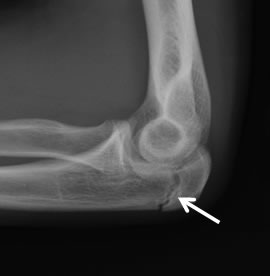
Conservative management
Rest, ice and other anti-inflammatory steps are advised with a removal of valgus (medial) stress on the elbow for a period of 6 weeks (5). The elbow should avoid being straightened (full extension) for a period of 4 weeks – this can be achieved through the use of a brace (set to 20 degrees extension) (5). After the initial 4 weeks, full ROM is allowed along with the beginning of progressive resistance training for the elbow (5). An interval throwing program is advised to begin after 8 weeks (5).
Operative management
This is indicated in an athlete that has had a complete stress fracture and is achieved primarily through cannulated screws or plate osteosynthesis (5). The only report (at 2014) on this involved a percutaneous fixation of the proximal ulna and had 94% of their 18 athletes return to full competition in their sport of basketball.
Summary
This blog has covered the diagnosis of 4 common injuries to the elbow associated with overhead throwing sports or activities. It is important to note that those covered are not exhaustive and the research summaries, treatment guidelines and information discussed is not to be used as a recipe but as a guide for those with a confirmed diagnosis consistent with the above. If you’ve injured your elbow and you believe it may be associated with your overhead sport – it is important to see a health professional to confirm a diagnosis and/or send for appropriate imagery or opinion of management.

Alec Lablache
POGO Physiotherapist
Featured in the Top 50 Physical Therapy Blog
Book an Appointment with Alec here
References
- Bartz, R. L., Bryan, W. J., & Lowe, W. (2001). Posterior elbow impingement. Operative Techniques in Sports Medicine, 9(4), 245-252. doi:10.1053/otsm.2001.26778
- Koh, J. L., Koh, J. L., Zwahlen, B. A., Zwahlen, B. A., Altchek, D. W., Altchek, D. W., . . . Zimmerman, T. A. (2018). Arthroscopic treatment successfully treats posterior elbow impingement in an athletic population. Knee Surgery, Sports Traumatology, Arthroscopy, 26(1), 306-311. doi:10.1007/s00167-017-4563-1
- Ko, C. C., Tai, M. H., Lin, C. H., Tzeng, W. S., Chen, J. H., Shu, G., . . . Chen, C. K. H. (2015;2016;). Posteromedial olecranon impingement of the pitching elbow: Additional findings provided by CT. European Journal of Radiology, 85(1), 211-217. doi:10.1016/j.ejrad.2015.11.022
- Cain, E. L., Dugas, J. R., Wolf, R. S., & Andrews, J. R. (2003). Elbow injuries in throwing athletes: A current concepts review. The American Journal of Sports Medicine, 31(4), 621-635. doi:10.1177/03635465030310042601
- Patel, R. M., Lynch, T. S., Amin, N. H., Calabrese, G., Gryzlo, S. M., & Schickendantz, M. S. (2014). The thrower’s elbow. The Orthopedic Clinics of North America, 45(3), 355.
- Reddy AS, Kvitne RS, Yocum LA, et al. Arthroscopy of the elbow: a long-term clinical review. Arthroscopy 2000;16(6):588–94.
- Kane, S. F., MD, Lynch, James H., MD, MS, & Taylor, J. C., MD. (2014). Evaluation of elbow pain in adults. American Family Physician, 89(8), 649-657.







